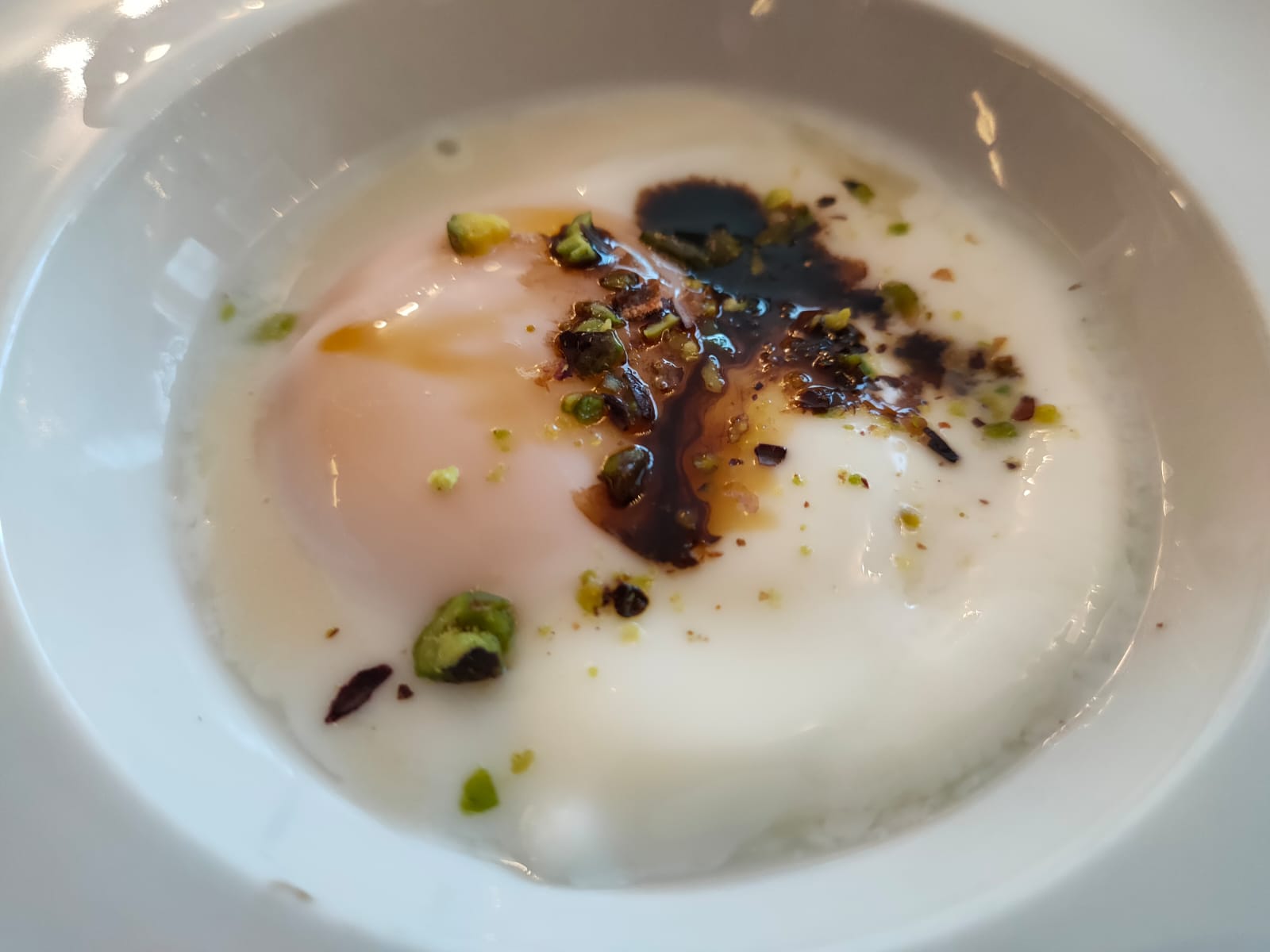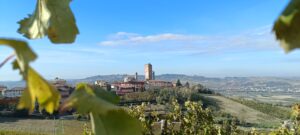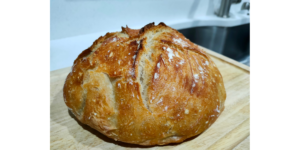You may already be familiar with balsamic vinegar or balsamic glaze, but today I am excited to introduce you to the truth about balsamic vinegar.
99% percent of what you find on the grocery store shelves in America isn’t authentic. On my recent travels across Italy in pursuit of Italian wine, food and culture, I stumbled upon the real balsamic vinegar of Modena or “black gold” as it is often called.
When studying the regional food and wines of Italy, it’s important to take a trip back in time to understand the origins of the region’s products. Italy (il mio cuore) is a country with deep roots steeped in many traditions. Visit Italy just once and you will fall in love for a lifetime.
A Look Back At History
The origins of balsamic vinegar go back to the first historical reference in 1046 when a bottle was given to Emperor Enrico III of Franconia as a gift; it was almost always included in aristocratic families’ luxury goods. The dukes of Este (the noble family in power over the Duchy of Modena) were known to have some vinegars that were aged up to 360 years!!
In the middle ages, balsamic vinegar was used as a disinfectant and a medical balm perceived to cure all ailments. For centuries, it was only produced for private family use and seen as a prized possession. The wooden barrels used to age the balsamic vinegar were passed down from one generation to another and often gifted as part of a bride’s dowry.
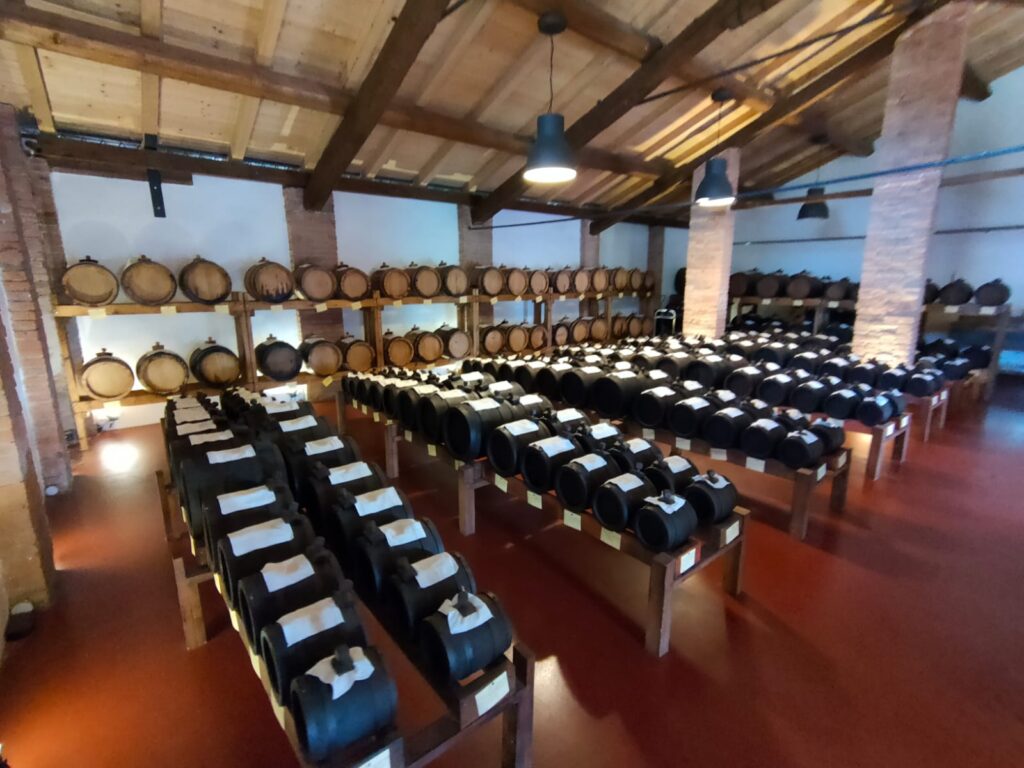
How And Where It Is Made
True balsamic vinegar is made with “mosto cotto” or Cooked Must. The must is the unfermented juice of grape skins; specifically the allowable grape varieties are Lambrusco, Sangiovese, Trebbiano, Albana, Ancellota, Fortana and Montuni. The juice is boiled down until it caramelizes which is known as “saba”. This process results in losing about 35%-50% of its volume. Once it has cooled down, it is then poured into a series or battery of barrels of different sizes. Each one of these barrels is a different type of wood and contains what is known as the “mother” (a substance that is alive with bacteria from a large barrel that is always kept aside).
Some commonly used woods in this process are juniper, cherry, oak, chestnut or mulberry. Each one of the barrels imparts a different flavor into the vinegar. The barrels are then placed into a loft or attic of a home where they are naturally exposed to higher temperatures in the summer and lower in the winter.
The fluctuating temperatures in Italy are ideal for producing balsamic vinegar. People have tried, but it is impossible for anyone to replicate this at higher altitudes. Emilia Romagna, the region where balsamic vinegar is made, is known for its hot summers which helps to turn the grapes into a vinegar. One of the most powerful and rewarding experiences of my life was stepping into the attic of top producer Bonini Balsamic Vinegar. The perfume of the vinegars in all the different barrels made me dizzy with a sensory overload!
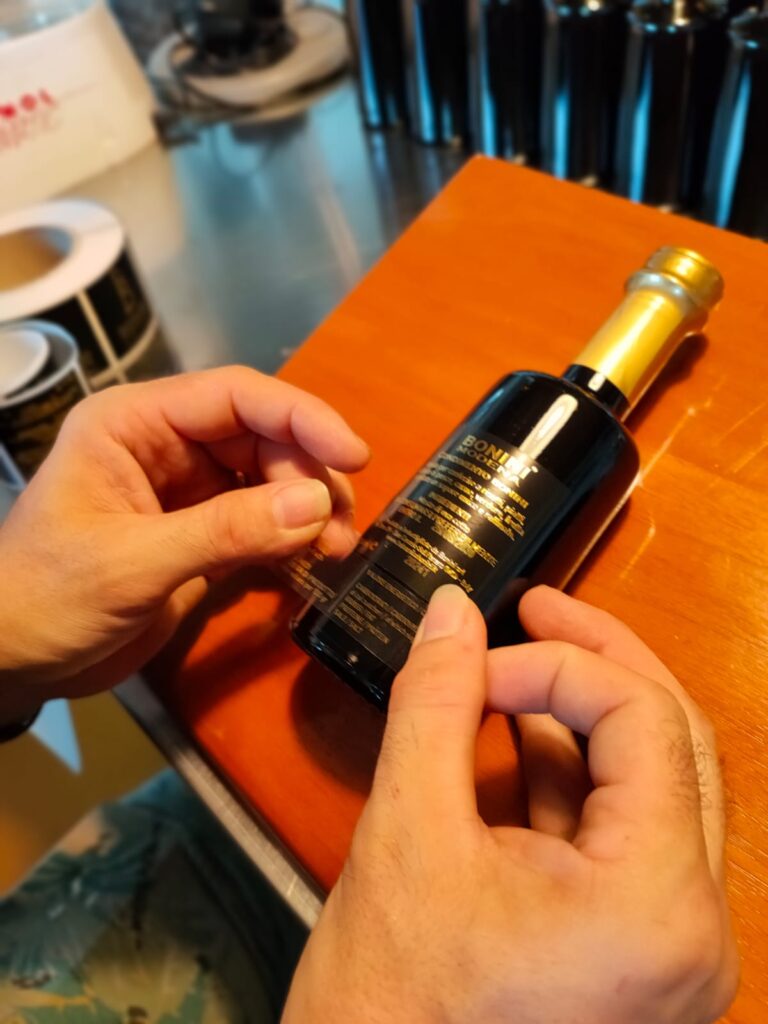
Starting with the smallest barrel, half the liquid is poured off and used, with much of it being evaporated. Sequentially, each barrel is filled with the liquid from the next size up, until reaching the final barrel where it is filled with young balsamic vinegar. The idea is that after about 7-8 years, the balsamic vinegar that is remaining in the smallest barrel is so complex with flavor and years of aging that it is almost ready to be released (to be labeled by the DOP it must be at least 12 years aged).
Balsamic vinegar can only be produced in Reggio Emilia and Modena under the restrictions of the Consorzio (Consortium). For years, these two cities fought back and forth over licensing rights and who actually created it. In the 1980s, it was agreed upon that both regions would produce it. There are only 51 producers of true balsamic vinegar that reside in these two areas.
The product you see on most store shelves in America is a cooked must with vinegar added and made in only two months! The flavor is very acidic and doesn’t get any secondary or tertiary flavors. It simply can’t compare to the real thing…
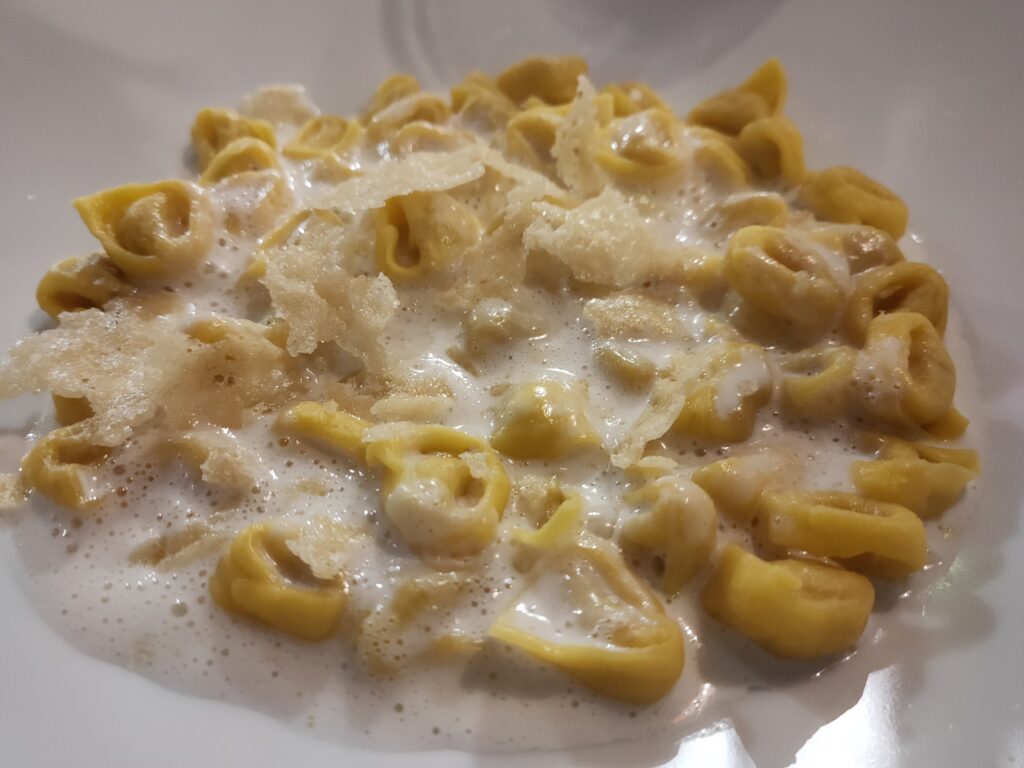
A Flavorful, Culinary Adventure
True balsamic vinegar can be used on meats, cheeses, pastas, fruits and desserts. One single drop of this “liquid gold” makes your taste buds come alive with flavor! It’s not a surprise that this is the secret weapon of Michelin chefs everywhere. In the 1980s, authentic balsamic vinegar was relatively unknown in America until some famous chefs started using it in their dishes. Chef Massimo Bottura of Osteria Francescana is the most famous 3 Star Michelin chef who has his own barrels. Many people “adopt” their own barrels and store them with the producer. Next time you want to truly impress someone when they come over for dinner put a few drops on that grilled steak, into your tortellini or in your fresh berry dessert.
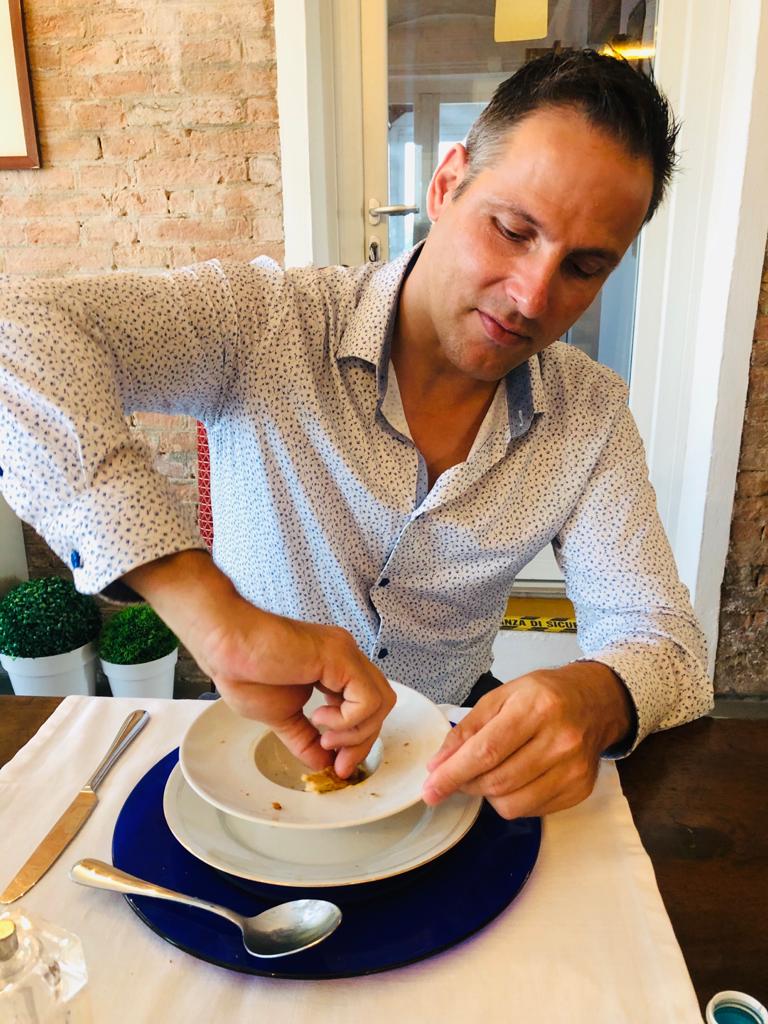
Now you can begin to understand the magical properties of the balsamic vinegar of Modena. Go out and buy it today as its incomparable! After my experience there last summer, I would definitely recommend Bonini which you can find here. You can get 10% off your order if you use the code ROGER10.
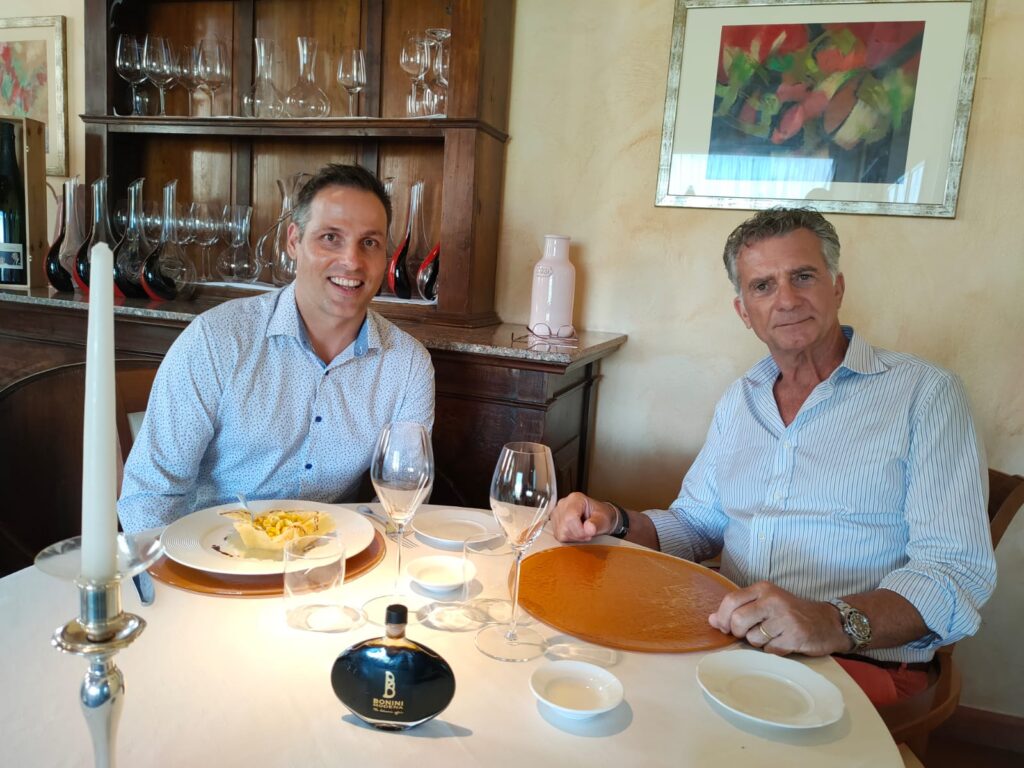
The best part is that Bonini even has a charming B & B with delicious served breakfasts every morning where you get to sample and see for yourself how heavenly their balsamic is. I would recommend a trip to Modena to understand the culture of this city and why it has some of the best food in all of Italy.
